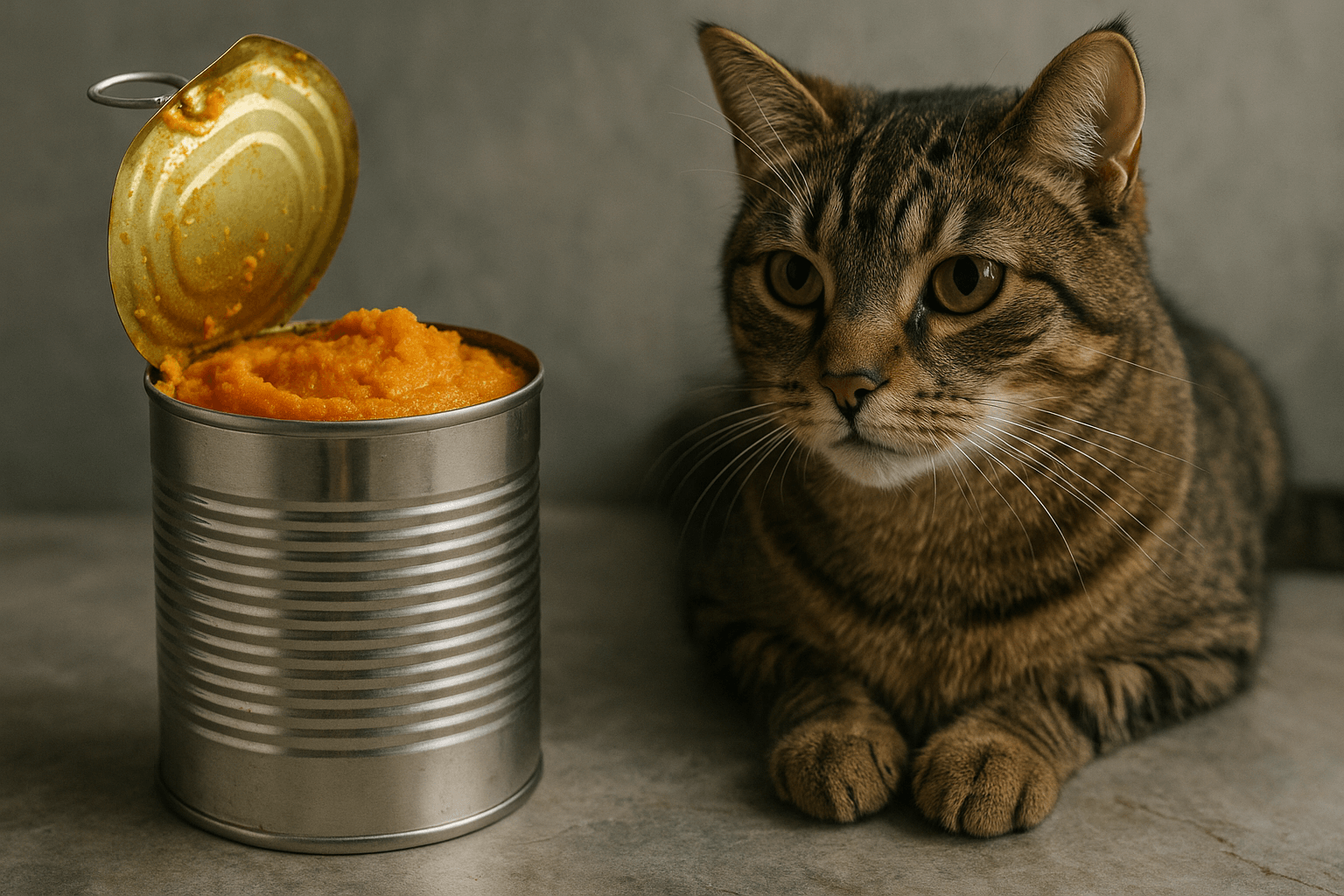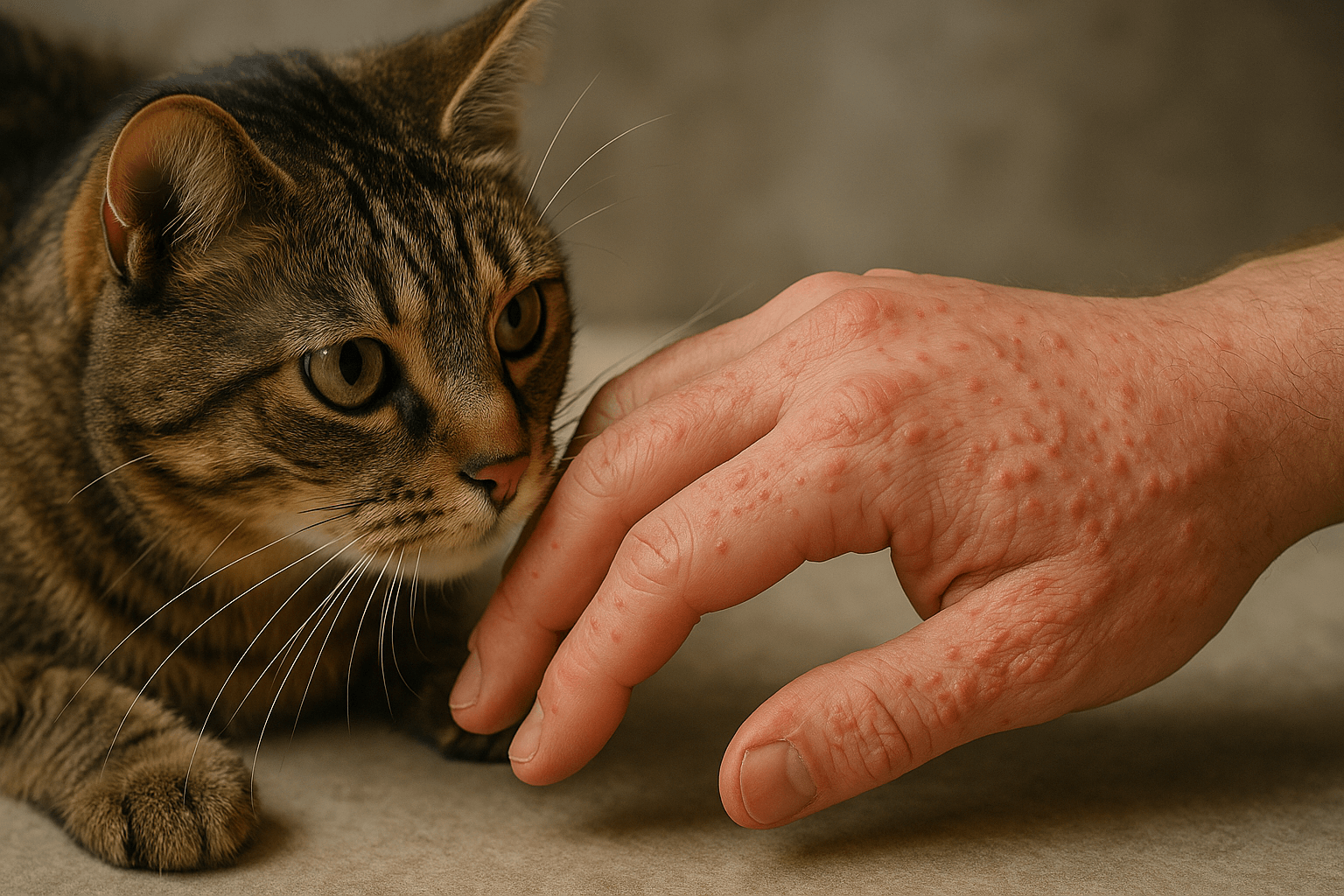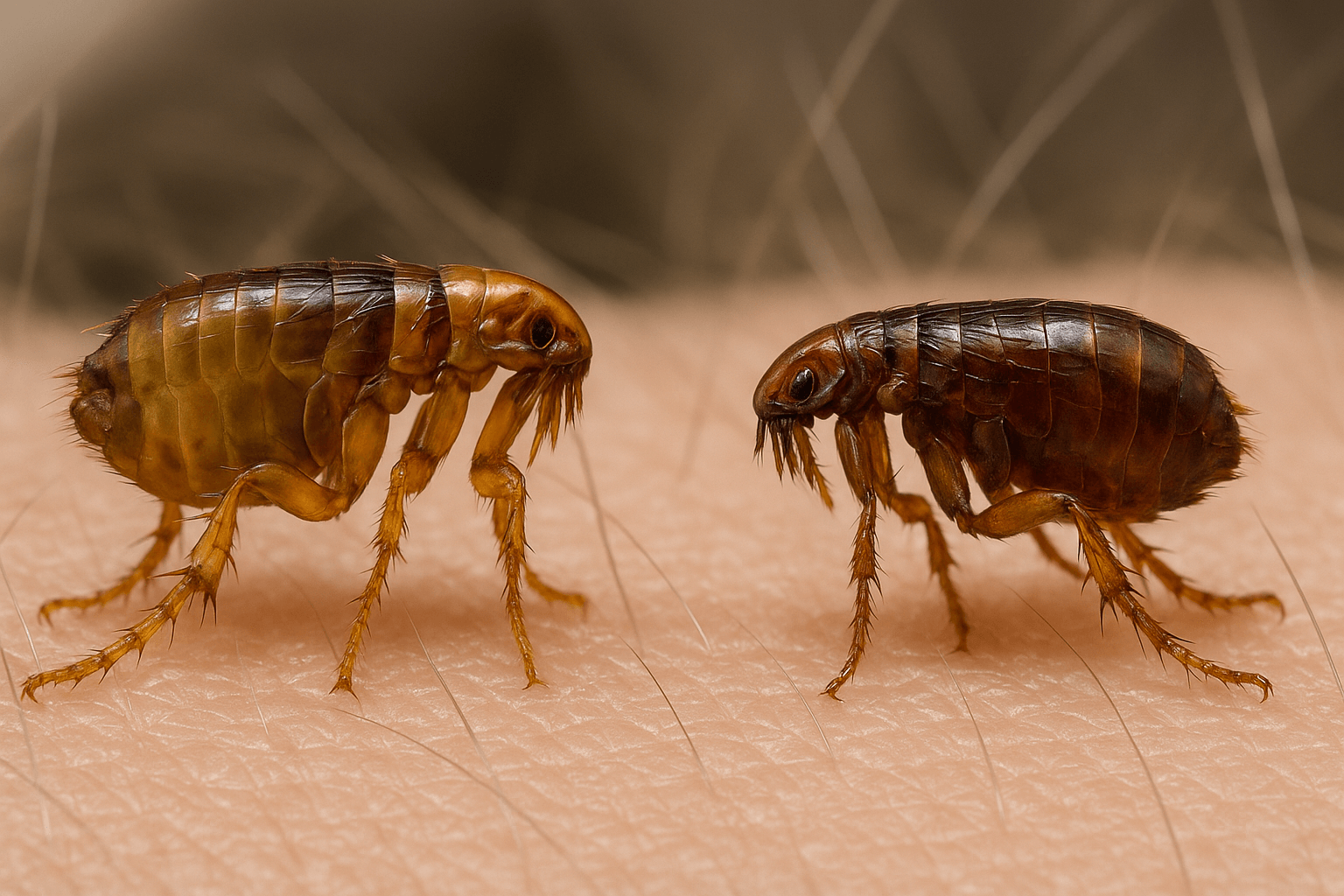Understanding Cryptococcus in Cats: What You Need to Know About Nasal Infections
Cryptococcus is a fungal infection that can affect cats, often targeting the nasal passages and respiratory system. While it may sound alarming, understanding this condition can help you recognize symptoms early and seek appropriate treatment for your feline friend. The infection typically enters through inhalation of spores found in the environment, such as soil or bird droppings. In cats, one of the most common signs of cryptococcus is nasal swelling or discharge, which can sometimes resemble other respiratory issues.
This blog post will explore the causes, symptoms, diagnosis, and treatment options for cryptococcus in cats, focusing on its impact on the nose. By learning more about this condition, you’ll be better equipped to protect your cat’s health and ensure their well-being.
Common Symptoms of Cryptococcus in Cats
Recognizing the symptoms of cryptococcus in cats is crucial for early intervention. Since the infection often affects the nasal area, many signs are localized to the face and respiratory system. Here’s what to look out for:
Nasal Swelling
One of the hallmark signs of cryptococcus is noticeable swelling around the bridge of the nose or the muzzle area.Chronic Sneezing
Persistent sneezing, especially when accompanied by nasal discharge, can indicate an underlying fungal infection.Nasal Discharge
Discharge from the nose may appear clear, bloody, or pus-like, depending on the severity of the infection.Difficulty Breathing
Cats may exhibit labored breathing or snoring sounds due to nasal congestion caused by the infection.Ulcerated Lesions
In advanced cases, ulcerations or sores may develop around the nose or mouth as the infection progresses.
If you notice any of these symptoms, it’s essential to consult a veterinarian promptly. Early detection and treatment can significantly improve your cat’s prognosis and quality of life.
Causes and Risk Factors for Cryptococcus in Cats
Understanding the causes and risk factors of cryptococcus can help you take preventive measures to protect your cat. This fungal infection thrives in specific environments, and certain conditions increase a cat’s susceptibility. Here’s what you need to know:
Environmental Exposure
Cryptococcus fungi are commonly found in soil, decaying organic matter, and bird droppings, making outdoor cats more vulnerable.Weakened Immune System
Cats with compromised immune systems, such as those with FIV or FeLV, are at higher risk of contracting cryptococcus.Urban Environments
The fungus thrives in urban areas where pigeons are prevalent, increasing exposure risks for city-dwelling cats.Age and Health Status
Older cats or those with pre-existing health conditions may be more susceptible to severe infections.Indoor vs. Outdoor Lifestyle
While indoor cats can still contract cryptococcus, outdoor cats face greater exposure due to their proximity to contaminated environments.
By minimizing exposure to high-risk areas and maintaining your cat’s overall health, you can reduce the likelihood of cryptococcus infection. Prevention is always better than cure when it comes to fungal diseases.
Check this guide 👉Cat Nose Bleed: Best 7 Expert Tips!
Check this guide 👉Understanding Cat Nose Scabs: Best 7 Health Tips!

Preventive Measures | Treatment Options |
|---|---|
Keep cats indoors | Antifungal medications |
Clean litter boxes regularly | Surgical removal of lesions |
Avoid areas with bird droppings | Supportive care (fluids, pain relief) |
Maintain a healthy diet | Regular vet check-ups |
Vaccinate against FIV/FeLV | Monitor for secondary infections |
Diagnosing Cryptococcus in Cats
Diagnosing cryptococcus requires a combination of clinical evaluation and diagnostic tests. Veterinarians use various methods to confirm the presence of the infection and assess its severity. Here’s how the process typically unfolds:
Physical Examination
A thorough physical exam helps identify external signs like nasal swelling or skin lesions.Cytology Testing
Samples from nasal discharge or lesions are examined under a microscope to detect the presence of cryptococcus organisms.Blood Tests
Blood work may reveal elevated white blood cell counts or signs of systemic infection.Imaging Studies
X-rays or CT scans can help evaluate the extent of nasal involvement and rule out other conditions.Antigen Testing
A cryptococcal antigen test is highly accurate and confirms the presence of the fungus in the body.
Accurate diagnosis is critical for determining the appropriate treatment plan. If you suspect your cat has cryptococcus, seek veterinary care immediately to begin the diagnostic process.
Treatment and Management of Cryptococcus in Cats
Treating cryptococcus in cats involves a combination of antifungal therapy and supportive care. Managing the infection effectively requires patience and dedication, as treatment can take weeks or even months. Here’s what to expect during the treatment process:
Antifungal Medications
Drugs like fluconazole or itraconazole are commonly prescribed to target the fungal infection.Duration of Treatment
Therapy typically lasts several months to ensure complete eradication of the fungus.Monitoring Progress
Regular follow-up visits and repeat tests are necessary to assess the effectiveness of the treatment.Addressing Secondary Issues
Complications like sinus infections or skin lesions may require additional treatments or surgical intervention.Home Care
Providing a stress-free environment and adhering to medication schedules are vital for recovery.
With proper treatment and care, most cats recover fully from cryptococcus. However, ongoing monitoring is essential to prevent recurrence.
Preventive Measures to Reduce Cryptococcus Risk
Taking preventive measures can significantly lower your cat’s risk of contracting cryptococcus. While it’s impossible to eliminate all risks, these steps can help minimize exposure to the fungus and protect your feline friend. Here are some practical tips:
Limit Outdoor Access
Keeping your cat indoors reduces their contact with contaminated soil and bird droppings, which are common sources of cryptococcus spores.Clean Living Spaces Regularly
Frequent cleaning of your home, especially areas where your cat spends time, helps remove potential fungal spores.Avoid High-Risk Areas
Prevent your cat from accessing areas with high pigeon activity or decaying organic matter, as these environments harbor the fungus.Maintain a Strong Immune System
A balanced diet, regular exercise, and routine vet check-ups can boost your cat’s immune system, making them less susceptible to infections.Use Protective Gear for Outdoor Cats
If your cat must go outside, consider using a harness or supervised leash walks to limit their exposure to risky environments.
By implementing these preventive measures, you can create a safer environment for your cat and reduce their chances of encountering cryptococcus. Prevention is always easier than treatment when it comes to fungal infections.
Signs Your Cat’s Treatment Is Working
Monitoring your cat’s response to treatment is essential to gauge its effectiveness and ensure progress. Here are some positive indicators that your cat’s treatment for cryptococcus is working:
Reduced Nasal Swelling
A noticeable decrease in swelling around the nose or face suggests the infection is being controlled.Improved Breathing
Easier breathing or reduced snoring indicates that nasal congestion is subsiding.Decreased Discharge
Less frequent or lighter nasal discharge is a good sign that the infection is improving.Increased Energy Levels
Your cat becoming more active and playful reflects better overall health and comfort.Healing of Ulcers
If your cat had ulcerated lesions, their healing or disappearance signals effective treatment.
These signs of improvement are encouraging and validate the effectiveness of your cat’s treatment plan. However, continue to work closely with your veterinarian to ensure complete recovery.
Emotional Support for You and Your Cat During Recovery
Caring for a cat with cryptococcus can be emotionally taxing, but providing emotional support is just as important as medical care. Both you and your cat may experience stress during this time, so here are some ways to nurture your bond and stay positive:
Spend Quality Time Together
Engage in gentle activities like petting or playing with toys to strengthen your connection and reassure your cat.Create a Calm Environment
Minimize noise and disturbances in your home to help your cat feel safe and relaxed during recovery.Celebrate Small Milestones
Acknowledge improvements, no matter how minor, to stay motivated and maintain a positive outlook.Educate Yourself About the Condition
Understanding cryptococcus and its treatment empowers you to make informed decisions and feel more in control.Seek Emotional Support for Yourself
Talk to friends, family, or fellow pet owners to share your feelings and gain perspective during challenging times.
By focusing on emotional well-being, you can create a supportive atmosphere that benefits both you and your cat. Remember, your love and dedication play a vital role in your cat’s recovery journey.
Frequently Asked Questions About Cryptococcus in Cats
Is cryptococcus contagious to humans or other pets?
Cryptococcus is not directly contagious but can pose a risk to immunocompromised individuals.
How long does treatment for cryptococcus take?
Treatment typically lasts several months, depending on the severity of the infection.
Can indoor cats get cryptococcus?
Yes, indoor cats can contract cryptococcus if exposed to contaminated soil or objects brought indoors.
What are the chances of recovery?
With prompt and proper treatment, most cats recover successfully, though recovery time varies.
Are certain breeds more prone to cryptococcus?
No specific breed predisposition exists, but immunocompromised cats are at higher risk.
Protecting Your Cat from Cryptococcus: A Path to Wellness
Cryptococcus infections in cats, particularly those affecting the nasal area, can be concerning but manageable with the right approach. By staying informed about the symptoms, causes, and treatment options, you can ensure your cat receives timely care and support. Whether it’s keeping your cat indoors, maintaining a clean environment, or working closely with your veterinarian, every step you take contributes to their well-being. Remember, early intervention is key to overcoming cryptococcus and restoring your cat’s health. With love, patience, and dedication, your feline companion can thrive despite this challenging condition.
Canned Pumpkin for Cat Diarrhea: Best 7 Expert Tips! Natural remedy to firm stools, soothe upset bellies, and support gut health safely.
Can a Cat Give You Scabies? Best 7 Expert Tips! Discover the truth about feline mites, human skin risks, and how to protect yourself—without panic.
Cat Flea vs Human Flea: Best 7 Expert Tips! Discover the truth about bites, species, and how to eliminate infestations for good.
Weird Cat Behaviors: Best 7 Expert Tips! Discover why cats do strange things—and how to understand, not punish, their instincts for a happier home.





